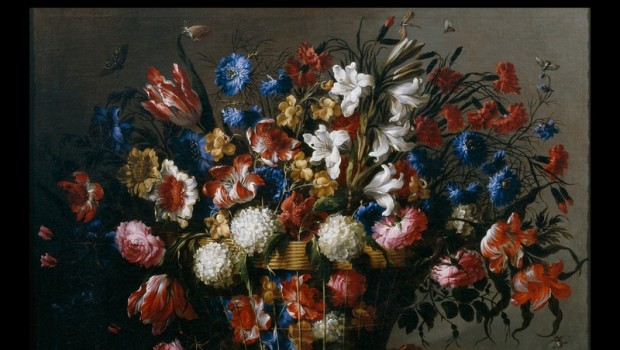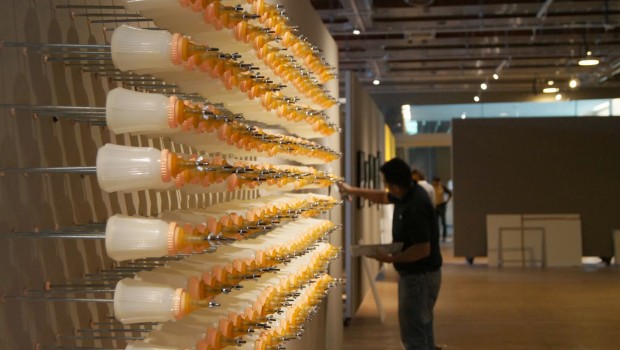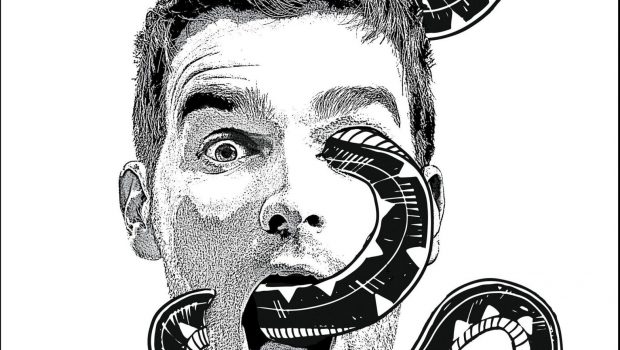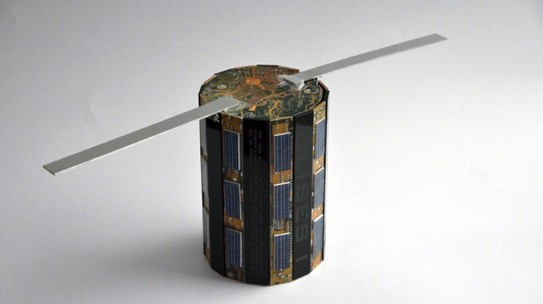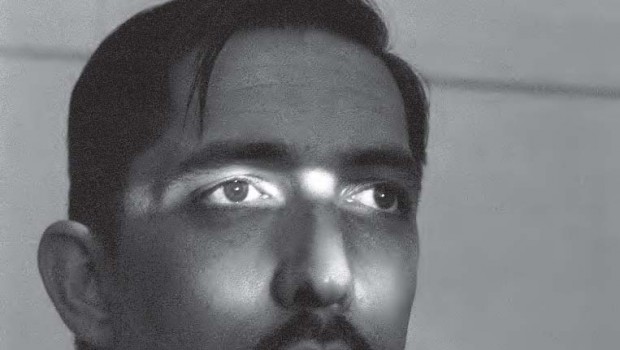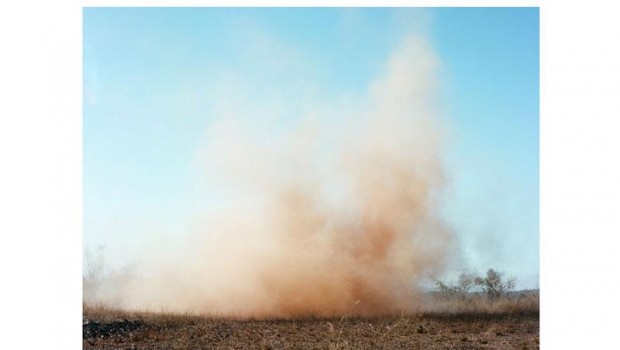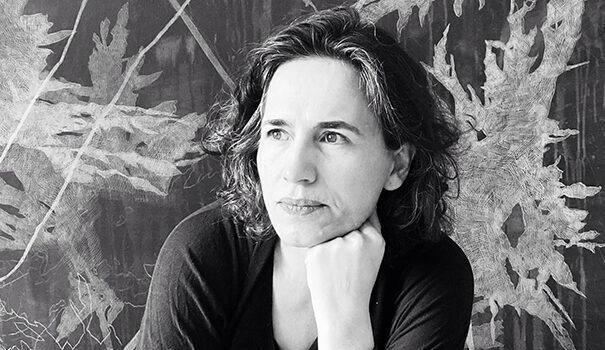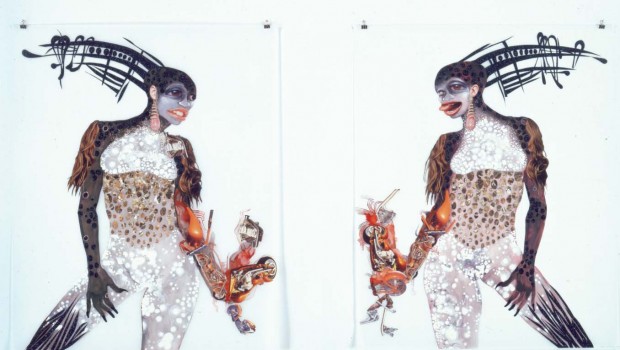Masterpieces from El Prado Museum
Teresa Bordona
Spanish Painting In Front Of A Mirror
The Museo Nacional del Prado in Madrid opened to the public in 1819 during the reign of Carlos III with an exceptional collection of 900 works. Even then, it was regarded as the greatest collection of masterpieces per square meter ever assembled. Like the Louvre in Paris, the Hermitage in Moscow, and the National Gallery in London, the El Prado Museum owes its holdings to the collecting penchant that royal dynasties indulged in for centuries. But unlike those other three museums, the Prado is not an encyclopedic museum with works of various schools and times. Instead, it is an intensely focused collection put together by a few Spanish kings and queens with a passion for art like Isabel I La Católica, Carlos V, Felipe II, Felipe IV, and the Bourbon kings of Spain. Indeed, many of the works in the collection were commissioned to artists who were protégés of the Spanish crown. Some experts consider this collection, part of which is now here in Houston, as a collection of works by painters admired by other painters. It is that quality that makes the collection unique. In what follows we will highlight a few works and artists in the current exhibit at the Museum of Fine Arts Houston: Portrait of Spain: Masterpieces from the Prado.
It was Spanish culture of the Renaissance and the Golden Age, and later, of the Enlightenment that made it possible for these masterpieces at the Prado Museum to be made, and for the great Spanish artists that created them to flourish. The worldwide influence of their works can be traced into the 20th Century and beyond. The vehicle for that impact was the Prado Museum; hence, the importance in art history of the institution itself. An understanding of the Spanish socioeconomic, cultural, historical, and political context before the Prado was created , is most important in assessing the relationship between the institution, the art in its holdings, and its influence. The background for the institution resides in the centuries of power, imperial expansion, and political turmoil that preceded it. Probably the most important date to remember in that background is 1492, the year that marks the end of the Reconquista (the war that resulted in the expulsion of the Moors from Spain) and the arrival of Cristoforo Colombo in the New World.
Religion played an important role in the latter two events, as in determining the characteristics of Baroque art in Spain. The Spanish Catholic Church became one of its most influential maecenases. Religious Baroque art was a response to the Protestant Reformation. Its role was to communicate religious ideas by appealing to the viewer at a sensorial and emotional level. In the current exhibit we can see the works of many Spanish painters who engaged the religious theme in their oeuvre: El Greco, Velázquez, Ribera, et al.
Francisco Zurbarán (1598-1664), painter of the court of Felipe IV, is a religious painter par excellence. It is said that the king once placed a hand on his shoulder and called him “painter to the king, king of painters.” One can see his masterful handling of religious themes in Agnus Dei (1635-40). The “Lamb of God” is the symbol of Jesus Christ’s sacrifice: enduring agony for humanity. A symbol, indeed, that is reminiscent of ancient pagan rituals and yet, came to be sung as part of Christian orthodoxy. Zurbarán renders the lamb as real, helpless and vulnerable as any the artist may have found in a Spanish market of his day. However, there is a light that illuminates its white coat that transfigures the material canvas into the meaning of Scripture “Behold the Lamb of God who takes away the sin of the world” (John 1:29).
In the religious paintings of Esteban Murillo (1617-1682) we find grace, as both elegance and the favor of God, and feminine delicateness (a worldly delight). One of Murillo’s devotional masterpieces is among us: La Inmaculada Concepción (ca 1660). The depiction of the Virgin Mary is the quintessential Catholic theme and the mystery of how the divine becomes incarnated in her body is at the core of Christian faith. In dealing with this subject Murillo gives free reign to his Baroque imagination. The young maiden who represents the Virgin Mary is suspended in air, cherubs fluttering around her, clad in a pristine white robe, benignly mysterious as the rich deep blue cape that wraps around her like fate.
The abundance of portraits of the Spanish royalty and nobility in the collection is a testament of the role they played as patrons of the arts. They wanted art that displayed their status, grandeur and power. Every ruling monarch summoned a notable artist of his time to his court. Although a king may have imposed a theme on an artist’s work, unavoidably Spanish cultural idiosyncrasy is reflected in their depictions and the talent of the artist shines through the commission. Unfortunately, Diego Velazquez’s Las Meninas (1656), the most famous of these courtly portraits from the Prado collection did not make it to Houston. But others did; among them, one inspired by Las Meninas: Joaquín Sorolla’s La Infanta Maria Figueroa vestida de Menina (1901).
It was not only the portraits of the Spanish royalty by artists like Velazquez and Goya that influenced the course of art history. The modernity of the collection is most evident in the portraits of individuals with a public profile who were members of the emerging social classes: intellectuals, politicians, scientists, and artists. These portraits were important models for later art movements. The phenomenon of the democratization of portraiture was particularly intense during the 18th Century, a period called La Ilustración (The Enlightenment). In the last years of the Habsburg dynasty the Spanish empire and economy underwent a period of exhaustion. The new Bourbon dynasty undertook a reform of Spanish institutions and infrastructure. However, it was also a period fraught with conflict.
The Napoleonic Wars (1803–1815) turned Spain into a battleground. Francisco Goya’s etchings known as The Disasters of War (1810-1820) accurately depict the cruelty on both sides of the Peninsular War. His graphic reportorial account of the atrocities has often prompted writers to call him “the first graphic war reporter”. The original title of this series of 82 prints was Fatal consequences of Spain’s bloody war with Bonaparte, and other emphatic caprices. The current exhibit dedicates a room just to these prints and to other prints from his Caprichos and Disparates series.
Joaquín Inza (1736-1811) painted King Carlos III, the Spanish royalty, aristocracy, and its bourgeoisie. Circa 1780 he painted the portrait of the playwright and poet Tomas de Iriarte (1750-1791) in elegant attire. Iriarte was an intellectual aristocrat of the Enlightenment who satirized the ignorance of people in his own milieu. In his fable the Erudite rich man a wealthy man constructs a magnificent mansion that lacks a library and books. He corrects the omission but then decides to fill the shelves not with books but with fake spines of books bearing famous titles.
The influence of Goya and Velazquez is particularly evident in painters like Joaquín Inza and Federico de Madrazo y Kuntz. Portrait of Sofia Vela and Querol, Widow of Arnao (1950) by Federico de Madrazo y Kuntz (1815-1894) is a portrait of a renowned singer, pianist, and composer done in an intimate setting. It is friendship and admiration, more than commission that drives the production of this portrait. She is holding sheet music to indicate her profession. It is a thoroughly modern portrait with a tinge of Romanticism: an idealization of the woman and her profession.
Realistic literature, a term to be used with the greatest care, greatly influenced Spanish art. A case in point is Lorenzo Valle’s Demencia de Doña Juana de Castilla (1866): the insanity of Juana de Castilla. The story of Juana la Loca was written in the 16th Century but its tragic political and psychological overtones continued to fascinate artists deep into the 19th Century. To prevent Juana, the legitimate heir of the Kingdoms of Castilla and Aragón, she was first held prisoner by her own father King Fernando II and later, by her own son Carlos I. She spent over forty years in forced confinement. Her insanity was alleged to have been caused by the death of her husband Felipe I of Castille.
Another example of the peaceful coexistence of literature and painting is between the famous literary work by Buero Vallejo, The Dream of Reason and Francisco de Goya’s (1746–1828) famous etching from his Caprichos “The dream of reason produces monsters” (1797-1799). Goya satirizes both the church and Spanish society, the ideals of the Enlightenment (which he believed), and the savage wars it produced. Thus the title is powerfully ambiguous in the use of “sueño” –as both sleep and dream. On one interpretation, when reason sleeps or is suppressed, monsters ensue. On the second interpretation, the very force and enthusiasm to fulfill a dream, causes monstrous suffering.
The relationship of Spanish art and classical mythology may be also subsumed under the influence of literature. However, it possesses its own nuances. In Apollo in the Forge of Vulcan (1630) Diego Velázquez depicts more than Roman mythology. Velasquez reinterprets the scene in which Apollo divulges Venus’s infidelity to her husband Vulcan. Vulcan is depicted like a Spanish blacksmith would look at the time. In other words, he appropriates classical mythology with visual tropes familiar to Spanish eyes at the time. The subtext of such reinterpretation is the power of the Spanish Empire at its peak in the 17th Century.
To conclude we need to return to the idea that Spanish culture informs the establishment of a lineage, if not a school of Spanish painting unlike any other in the world. It was constituted by a few strong personalities that stood out, both as artists and patrons of the arts. In the 17th Century Spain became a hermetic society somewhat isolated from the rest of Europe. At the time artists travelled very little and those who, like Jose de Ribera, managed to find their way to Italy, do not go anywhere else and their experience abroad has little repercussion. Velázquez too went to Italy as a subject of the King of Spain, but neither Murillo, nor Zurbarán ever left their homeland. In the 17th Century only Murillo’s works made it out of Spain and in special circumstances. His works surfaced in English, Dutch and Flemish auctions in the early 18th Century. Amazingly, Velazquez’s works were not known outside Spain in the 17th Century. It is thanks to the opening of the Prado Museum that the oeuvre of these seminal figures of Spanish art came to be known, appreciated and studied. Their main journey began then, and their influence came to be felt in the rest of Europe and America.
As in an array of adjoining mirrors Spanish art and artists came to reflect the influence of kings, the court, nobility, the culture of the Spanish Renaissance and the Golden Age, and the Enlightenment, in order to deliver their joint image to 19th and 20th Century art. The collaboration between the Prado Museum and Museum of Fine Arts Houston has given us the unique opportunity to reflect upon these extraordinary art works. In spite of the many eyes that may have looked on the glass of Spanish painting, our reflection gives us back new forms of creativity, and different perspectives on the role of art.
Posted: April 28, 2013 at 12:36 am


